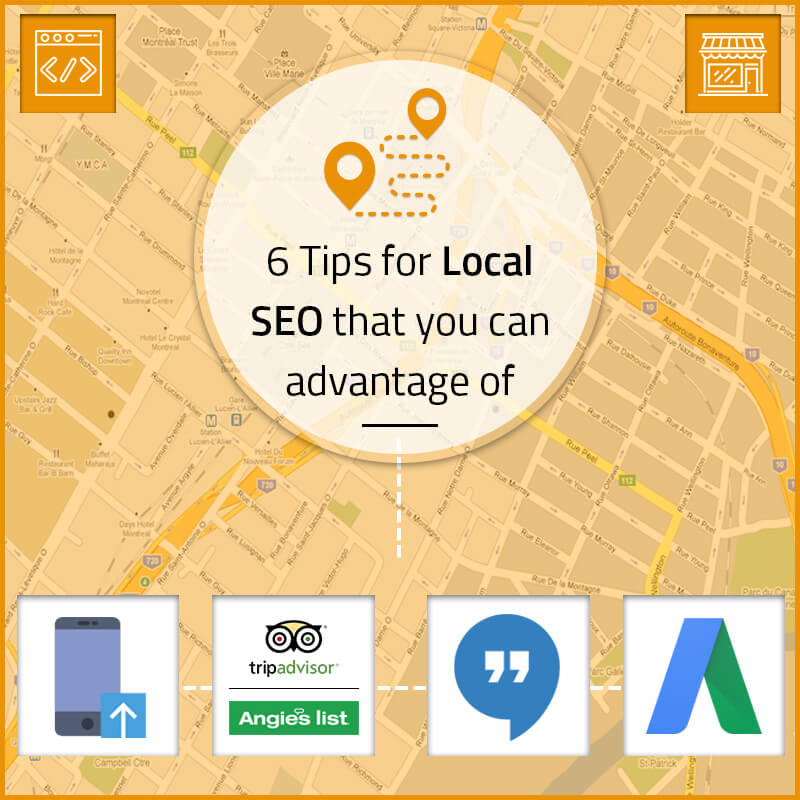 Though the SEO landscape has come a long way and evolved tremendously over the years, its significance in the world of websites hasn’t diminished at all. SEO remains as relevant today as it was during the days when Google was steadily progressing to become the world’s most admired search engine. Google, in order to maintain its top position in the search engines’ listing, updated its ranking algorithms several times in a year.
Though the SEO landscape has come a long way and evolved tremendously over the years, its significance in the world of websites hasn’t diminished at all. SEO remains as relevant today as it was during the days when Google was steadily progressing to become the world’s most admired search engine. Google, in order to maintain its top position in the search engines’ listing, updated its ranking algorithms several times in a year.
The world’s top search engine still releases algorithmic updates for ranking countless websites secured on its servers, only the parameters have undergone change, a sea change in fact. For instance, updates to Penguin or Panda are more geared towards sites that are smartphone-friendly. More than 60% of those who log into sites (for completing a purchase or seeking relevant info) do so from portable digital devices, mostly smartphones.
Another factor worth noting is that the updates accord significant weightage to sites that are promoted by taking advantage of a local SEO strategy. If you have a business website, especially an e-commerce site whose SEO marketing technique doesn’t incorporate local or regional demographic, then chances of your site not garnering a good rank or even getting delisted from Google’s servers are quite high. So what tips should you follow to have an effective local SEO plan in order to attract niche clients for your business?
1. Register your site with Google My Business
The very first and foremost local SEO tip that you should make the most of is to register your business with Google My Business. You may have a state-of-the-art site that you claim to be user-friendly but it could be that the same is not visible to many individuals as it is not displayed prominently. Once you subscribe to Google My Business, your site’s name, business address and hours, reviews, and nearness to user’s location will be visible on the SERP (search engine ranking page) whenever a user makes a Google search of your firm.
Just go to the Google My Business to complete the registration or listing process.
2. It pays to have an interactive and smartphone-friendly site
Are you aware that majority of your present clients may have logged into your web-based outlet via their handheld PDAs, like smartphones and tabs? It is also very likely almost all your future customers will get in touch with you after visiting your site from their portable devices. If users or prospects face issues downloading and/or navigating through your portal on their mobile digital gadgets, they’ll not waste time in moving on to competitors’ sites.
So, if you haven’t yet structured your local SEO site to make it smartphone-friendly, then it’s high time you did.
3. Make local SEO listing consistently across the web board
In order to make your presence felt throughout the web world, you can choose to register with local indexing sites, besides Google. But before you proceed to enlist your business with such listing sites, you’d need to ensure that the NAP (name, address, and phone number) info is always provided. Additionally, make sure that this info is correct and identical in all the listings including but not limited to:-
- Angie’s list
- TripAdvisor
- BBB (Better Business Bureau)
- Bing
- Yahoo
- Foursquare
- Yelp
- Local commerce guilds and federations
- Chambers of Commerce
- Telephone directories, white pages, and yellow pages
4. Benefit from testimonials and feedbacks about your service
It has become the norm for businesses, both small and big to maintain separate profiles for the different social media platforms, including Facebook and Twitter. Customers, shoppers, and buyers of products and services are prone to offering a review or feedback on such automated social media sites at the drop of a hat. Refashion your local SEO in a way so that customers are encouraged to write a positive review about your product or service.
5. Target local ad extensions
Make the most of Google AdWords in order to publicize your business in the locality or neighborhood you’re located. Once you subscribe to Google AdWords, users will be able to know more about your business’s location that’ll give them the confidence to get in touch with you via a ‘call button’.
6. Develop content that’s relevant and location-based
Develop content that is original, meaningful, and relevant to your business. Also, make sure that the content is orientated towards the locals, and is tempered with names of streets, local news, events, and happenings.








